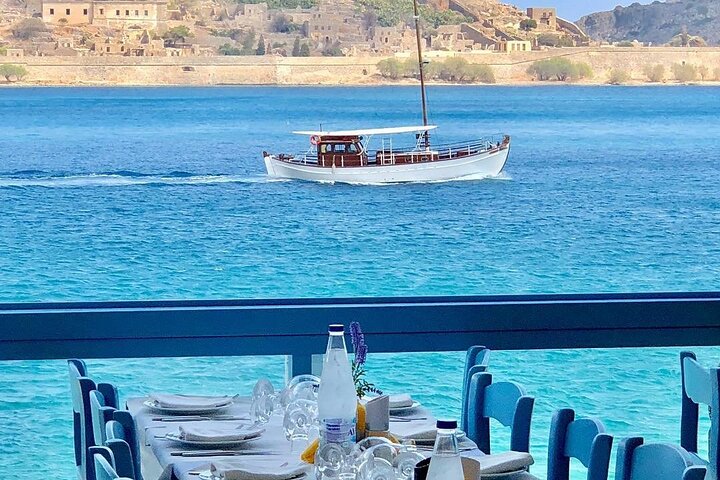Discovering the Timeless Charm of Fodele Village in Crete
Drawn by the allure of Crete’s rich history and culture, I embarked on a journey to Fodele Village, eager to explore the birthplace of El Greco and savor the island’s traditional flavors.
A Journey Through Time in Fodele Village
As the train gently rolled into Heraklion, I felt a familiar thrill of anticipation. The promise of a new adventure awaited me, this time in the charming village of Fodele, nestled in the heart of Crete. Known as the birthplace of the renowned painter El Greco, Fodele is a place where history and art intertwine seamlessly. The village, with its cobblestone streets and vibrant bougainvillea, seemed to whisper stories of the past, inviting me to explore its secrets.
Our first stop was the El Greco Museum, a humble yet captivating tribute to the life and works of Dominikos Theotokopoulos, better known as El Greco. As I wandered through the museum, I was transported back to the 16th century, a time when El Greco’s unique style was beginning to take shape. The museum, housed in a traditional Cretan building, offered a glimpse into the artist’s early life and the influences that shaped his extraordinary career. It was a poignant reminder of the enduring power of art to transcend time and place.
Leaving the museum, I strolled through the village, soaking in the tranquil atmosphere. The scent of orange blossoms filled the air, and the gentle murmur of the river provided a soothing soundtrack to my leisurely walk. It was a moment to savor, a reminder of the simple pleasures that travel can bring.
Spiritual Reflections at Ag. Panteleimon Monastery
Our journey continued to the Monastery of Ag. Panteleimon, a serene sanctuary nestled amidst the rolling hills of Crete. The monastery, with its ancient stone walls and peaceful courtyards, exuded a sense of timelessness. As I stepped inside, I was enveloped by a profound sense of calm, a feeling that seemed to echo the spiritual devotion of those who had walked these halls before me.
The monastery’s chapel, adorned with exquisite frescoes, was a testament to the rich religious heritage of Crete. As I admired the intricate artwork, I couldn’t help but feel a deep connection to the past, a sense of continuity that transcended the centuries. It was a moment of reflection, a chance to pause and appreciate the beauty of a world that often feels so far removed from our own.
Outside, the panoramic views of the surrounding countryside were nothing short of breathtaking. The rolling hills, dotted with olive groves and vineyards, stretched out as far as the eye could see. It was a landscape that seemed to have been painted by El Greco himself, a living canvas that captured the essence of Crete’s natural beauty.
A Taste of Tradition in Crete
No journey to Crete would be complete without indulging in its rich culinary traditions. Our next stop was a traditional village, where we were treated to a feast of handmade cheese pies and tsikoudia, a potent Cretan spirit. The flavors were bold and authentic, a true reflection of the island’s vibrant culture.
As I savored each bite, I was reminded of the importance of food in bringing people together, of the stories and traditions that are passed down through generations. It was a celebration of life, a moment to share with fellow travelers and locals alike.
Our journey concluded with a drive through the picturesque village of Rodia, where the sun dipped below the horizon, casting a golden glow over the landscape. It was a fitting end to a day filled with discovery and reflection, a reminder of the timeless allure of Crete and its enduring charm.
As the train carried me back to Heraklion, I found myself lost in thought, reflecting on the day’s experiences. Fodele had offered me a glimpse into a world where history, art, and tradition come together in perfect harmony. It was a journey that had touched my soul, a reminder of the beauty that lies in the slow, deliberate exploration of the world around us.









































